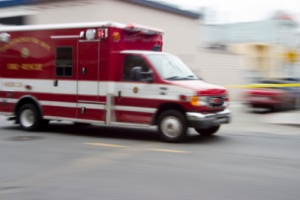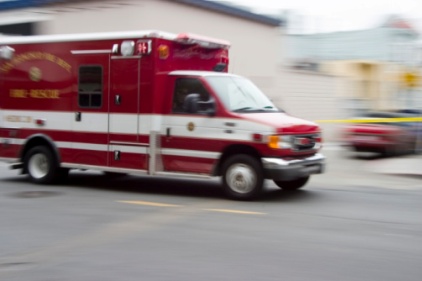 The U.S. Chemical Safety Board (CSB) has released, “After the Rainbow,” a video safety message focused on potential dangers in high school chemistry laboratories. The message features Calais Weber, an accident survivor, who on January 23, 2006, at age 15 was burned over 40 per cent of her body during a chemistry demonstration performed by her teacher at a prestigious boarding school she attended in Ohio.
The U.S. Chemical Safety Board (CSB) has released, “After the Rainbow,” a video safety message focused on potential dangers in high school chemistry laboratories. The message features Calais Weber, an accident survivor, who on January 23, 2006, at age 15 was burned over 40 per cent of her body during a chemistry demonstration performed by her teacher at a prestigious boarding school she attended in Ohio.
In her own words, Calais describes the demonstration, called the “rainbow experiment,” that was meant to show how various mineral salts produce different color flames when burned. Mineral salts were mixed with highly flammable methanol in small dishes.
"A new kind of video" for CSB
CSB Chairperson Rafael Moure-Eraso said, “This is a new kind of video safety message for the CSB. Too often, chemical accident victims –survivors as well as fatalities -- are forgotten as time goes on. In this video, Ms. Weber tells a painful and poignant story that we hope resonates in high school and academic labs across the country.” The video is a follow up to “Experimenting with Danger,” concerning laboratory accidents in three major universities.
"I'm on fire"
In “After the Rainbow” Calais describes how she was standing in the first row as matches were dropped into each little dish. When one flame began to dim, Calais’s teacher reached for a gallon-sized bottle of methanol. She began to pour the liquid on the open flame, and it exploded. “And because I was right in front, I got the brunt of it, “Calais recalls. “I remember thinking, ‘I’m on fire. Oh, my gosh, I’m on fire.’”
While attending school, Calais worked as a model. After the accident, she spent two and a half months in a hospital where she endured painful treatments and numerous surgeries, including facial skin grafts. She now volunteers with Angel Faces, a program designed to empower young women with facial disfigurements, often due to burn injuries.
"It's ok to speak up"
Calais goes on to describe what should have been done differently on the day of the accident, listing a lack of safety gear and the large amount of methanol present in the room. And she has advice for other teenagers who may feel unsafe in the classroom, saying, “While it can seem daunting, it’s perfectly ok to speak up if you’re not feeling safe, to always question, and if you’re given a piece of information on safety, read it.”
Calais believes that her accident was entirely preventable and that with better attention to good safety practices, similar accidents can also be avoided. She says, “It feels with this type of injury that you’ve had so much taken away from you unnecessarily and to keep reading about other people who have had very similar experiences, it’s tragic and shouldn’t happen.”
CSB videos may be streamed and downloaded at www.CSB.gov from the CSB video room. They are also available on www.YouTube.com/uscsb.
